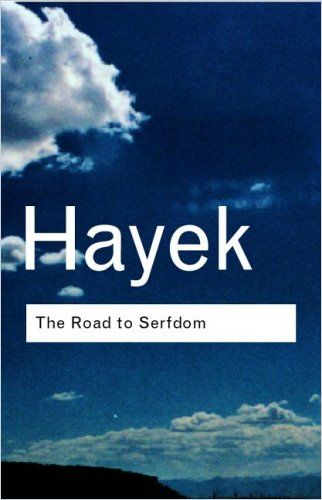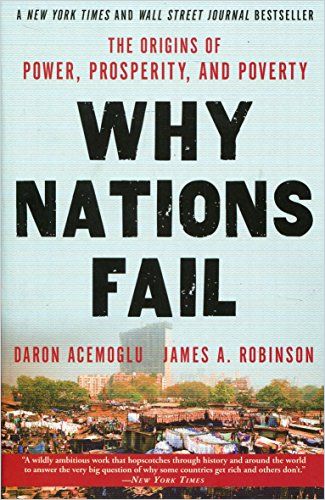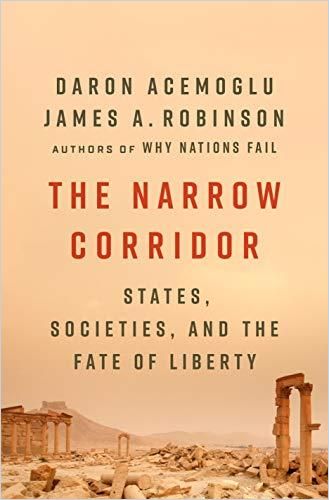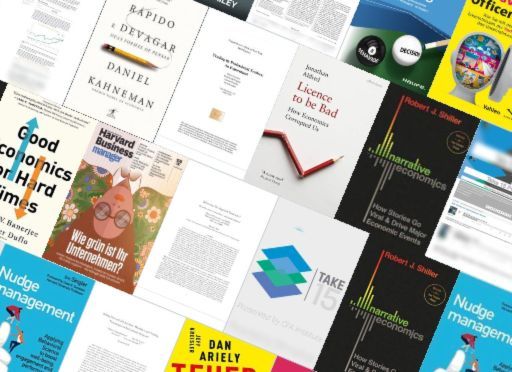“The Emergence of Liberty Is Perhaps Even More Surprising than Economic Growth.”
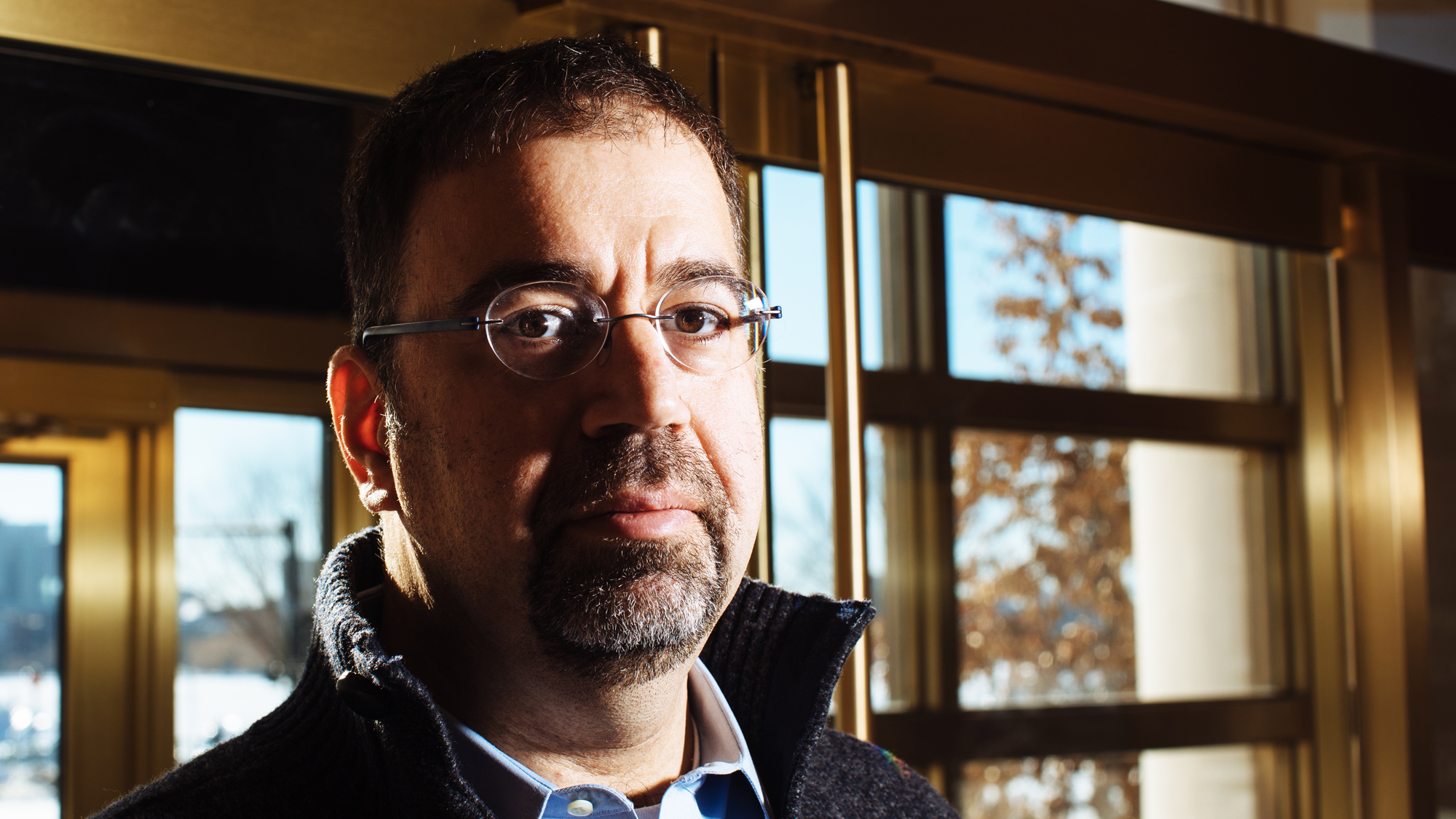
getAbstract: Daron, at first glance, it looks as if you and your co-author James A. Robinson wanted to answer the central question “Why Nations Fail” – that’s the title of your world bestseller from 2012 – a second time in your recent book “The Narrow Corridor.” How did the renewed collaboration come about?
Daron Acemoğlu: James and I haven’t stopped working after Why Nations Fail. So, in that sense, The Narrow Corridor is a continuation of our work and agenda. It builds on Why Nations Fail, but it’s also different. First, we wanted to broaden our focus – not just economic development, but the foundations of liberty, broadly construed. This is both because people care about liberty – the ability and opportunity to be able to make their own choices and not be dominated and bossed around by others – and also because, from the viewpoint of human history, the emergence of liberty is perhaps even more surprising than economic growth.
What does this broader focus mean for you as authors?
We had to take a more holistic approach. You cannot understand liberty without laws – that’s where the strong state comes. But equally, you cannot understand liberty if laws are imposed on a meek society – that’s where the strong society comes. You cannot understand liberty without discussing norms, because those are crucial both for society’s organization and also often as a formidable roadblock against certain types of liberty. All of this meant that we had to go back and think more deeply about certain issues, such as laws, state capacity, norms, and origins of institutions, which we took somewhat for granted in Why Nations Fail.
“The Narrow Corridor” is a book about liberty and about the limits that states and societies set for it – which is why it begins with a definition of it. But it is one that is not universally accepted. It comes from the contemporary Irish philosopher Philip Pettit, not from the classics Locke, Smith, Rawls, Hayek, Berlin, or Friedman. Why did you choose this definition?
The answer starts with what I have just explained. The reason why there is a corridor of liberty is because either excessively strong and top-down states that impose laws, or excessively weak states – that are unable to impose any laws and provide any services – are going to be inconsistent with liberty. It is in this corridor, where both states and societies are strong, that the preconditions of liberty are laid.
Based on this term, you then examine – with recourse to Thomas Hobbes, a “classic” – different types of state systems, “Leviathans,” and to what extent they serve liberty or not. Not surprisingly, it is historically the “shackled Leviathans” that offer the best environment for liberty to flourish; that open “wider corridors of liberty.”
Yes, it is powerful in its capacity just like the Leviathan, but subject to the controls and monitoring of society. Hence it is a “shackled Leviathan.”
These “corridors of liberty” vary in width even among “shackled Leviathans.” What exactly happens in such a corridor between state and societal powers?
A critical feature of our conceptualization is that it’s dynamic.
It’s not that you reach the right balance between state and society, and liberty emerges almost automatically.
To start with, leaders, bureaucrats and politicians will continuously try to increase their power relative to society. They will try to impose their will and loosen the controls ordinary people try to impose on them. Likewise, some segments of society may want to weaken laws. So, this balance between state and society needs to be redeveloped and reasserted day in and day out. But even more fundamentally: We live in an ever-changing world. That means that the state will be called upon to provide new services, deal with new exigencies, and develop new competencies. But this means that society needs to become even more vigilant. This is the essence of the race between state and society.
I imagined it a little like a relay race: Different players run together, but not always with and for each other, sometimes even against each other.
A relay race could have been a good image. But we instead use Lewis Carroll’s “Red Queen” analogy: Both sides have to run very fast to keep up with each other. It is an image, we hope, that gives the sense of dynamism and fragility inherent to liberty.
Surprisingly, the largest corridor today might not be found in the United States, the “Land of the Free,” you argue, but in Sweden or Switzerland. Can you elaborate on that?
It’s as much because of the problems of the United States as because of the successes of Sweden and Switzerland. The United States started with a Faustian bargain. The federal state had to limit itself and tie its hands to be acceptable to the American people and the American elites. But it also had to accept and internalize the economic system in the South, based on slavery. This meant, in particular, that, by design, it could not interfere in many local affairs, thus ending up with much-constricted powers to provide public services, fight poverty and regulate economic activity. It also meant an endemic inability to monitor local affairs.
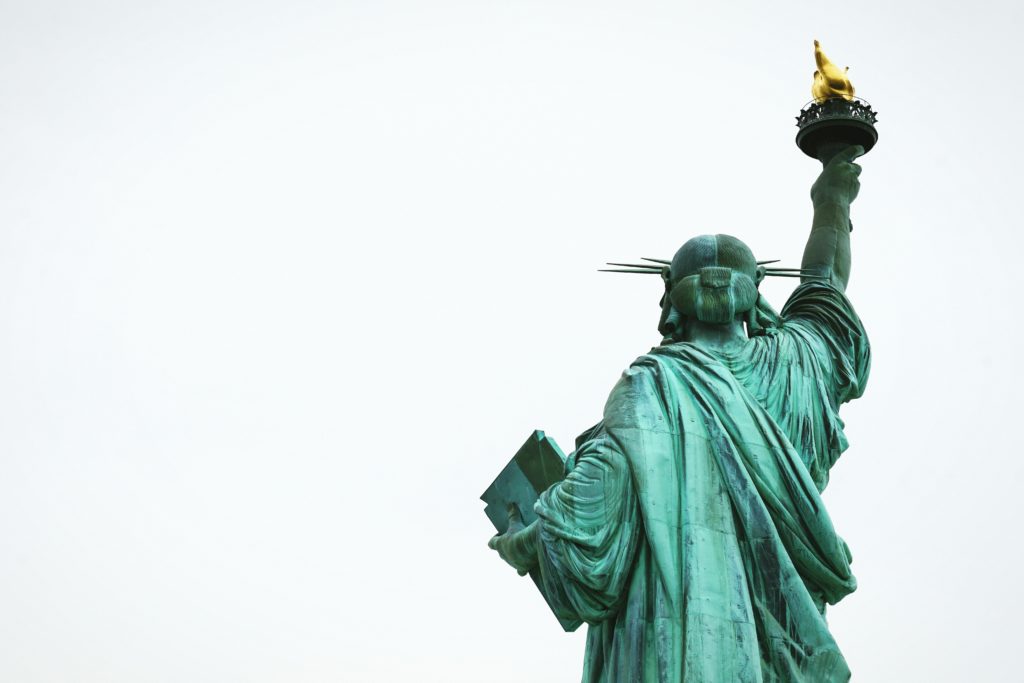
This made it much harder for the American Leviathan to protect its weakest citizens or provide redistribution – let alone raise taxes. Unencumbered by these constraints, many European countries, not least Sweden and Switzerland, could develop states with much greater capacity.
Why?
A lot of this was because of necessity: During times of economic depression and heightened conflict, the state had to step in to reform the system and improve the distribution of resources. The great economist Friedrich August von Hayek thought this would be the end of liberty, and said so in his bestseller The Road to Serfdom. But it wasn’t, because society, true to our Red Queen effect, became more active and more vigilant to make its voice heard and monitor this more powerful state.
What, for example, distinguishes Switzerland in concrete terms?
Switzerland provides a fascinating history. You see, the dance between a strong state and a strong society develops gradually there. The beginning of the Swiss Confederation in 1291 is about centralizing power, both to put a lid on local infighting and deal with local disputes, and also to confront the international threats from other more powerful states, especially the Holy Roman Empire. This is the beginning of the centralization of power, but with cantons and local organizations still maintaining significant autonomy and voice. This, at some level, is an ideal path for the development of the Shackled Leviathan. The Swiss case also highlights the dynamic aspects of the evolution of liberty. The extension of liberty to previously excluded groups is always a struggle and comes slowly and often with significant backlash. In the Swiss case, for example, women’s empowerment was much delayed compared to other European nations.
What about Turkey, for example, which you also know very well institutionally, and whose corridors of freedom have changed a great deal over the past decades and centuries?
Turkey is reliving its despotic past, which has shaped, in myriad ways, its present.
Though Ottoman history and Turkish Republican history are unique in many ways, the problems confronting Turkey are, in fact, very common: a very strong, dominant state but a meek society that is disorganized and lacks confidence.
There have been periods during which society became more mobilized, but this has never been enough to take Turkey into the corridor.
Let’s have a look at the different Leviathans. In the book, you also mention anarchist systems – absent Leviathans – that are institutionally “free of constraints.” They perform, like Somalia, just as badly as a “paper Leviathan” like Zimbabwe, for example. Why?
This is another place where we depart from Thomas Hobbes. He thought that the lack of centralized states meant a form of anarchy – the war of everyone against everyone. But in fact, most small-scale, stateless societies are quite peaceful by historical standards. They have developed norms and traditions to contain conflict and resolve disputes. But this doesn’t make them free. On the contrary, the same norms and traditions create what we call a “cage of norms” – a very strict set of obligations and expectations that are hard to break, as well as a rigid social hierarchy. This is why we spend quite a bit of time in the book explaining why the cage of norms needs to be broken for liberty to break free.
It seems there is no general recipe for how exactly to ensure that the corridor becomes wider, as you write in the book. Are there generally any valid indicators that the corridor of liberty is getting narrower or wider? I could imagine, for example, that the “public vocabulary” or the treatment of minorities could be indicators of how wide the corridor is.
Yes absolutely. How wide the corridor is varies from society to society. But it is very difficult to engineer the corridor or make it wider. Certainly, the economic structure matters. As we remark, the corridor is not going to be very wide when economic relations depend on coercion. Conversely, certain economic structures – for example, based on human capital and specialization – and certain norms of civic participation may make the corridor wider. A wide corridor then creates greater room for liberty to advance over time. But as I pointed out, it’s a process. And the hardest part of the process is to extend these freedoms and rights to excluded groups, such as ethnic and religious minorities. So in that sense,
I agree, the treatment of minorities and dissidents is a very good indication of how far liberty has progressed.
This is, in fact, where we end the book.
And we’re coming to the end of our talk, too. Final question: Can you tell us which books you are currently reading – or would like to read as soon as possible?
I just finished Richard Wrangham’s wonderful The Goodness Paradox, Matt Taibbi’s depressing and thought-provoking The Divide, Nick Bostrom’s entertaining Superintelligence, Binyamin Appelbaum’s interesting, thought-provoking but perhaps ultimately simplistic book The Economists’ Hour, and Sheri Berman’s Democracy and Dictatorship in Europe. I am now looking forward to reading James Gleick’s The Information.
Daron Acemoğlu is a professor of economics at MIT. His books Why Nations Fail and The Narrow Corridor (both with James A. Robinson) are global bestsellers.
Next Steps:
Read our interview with Binyamin Appelbaum, author of The Economist’s Hour, here.

